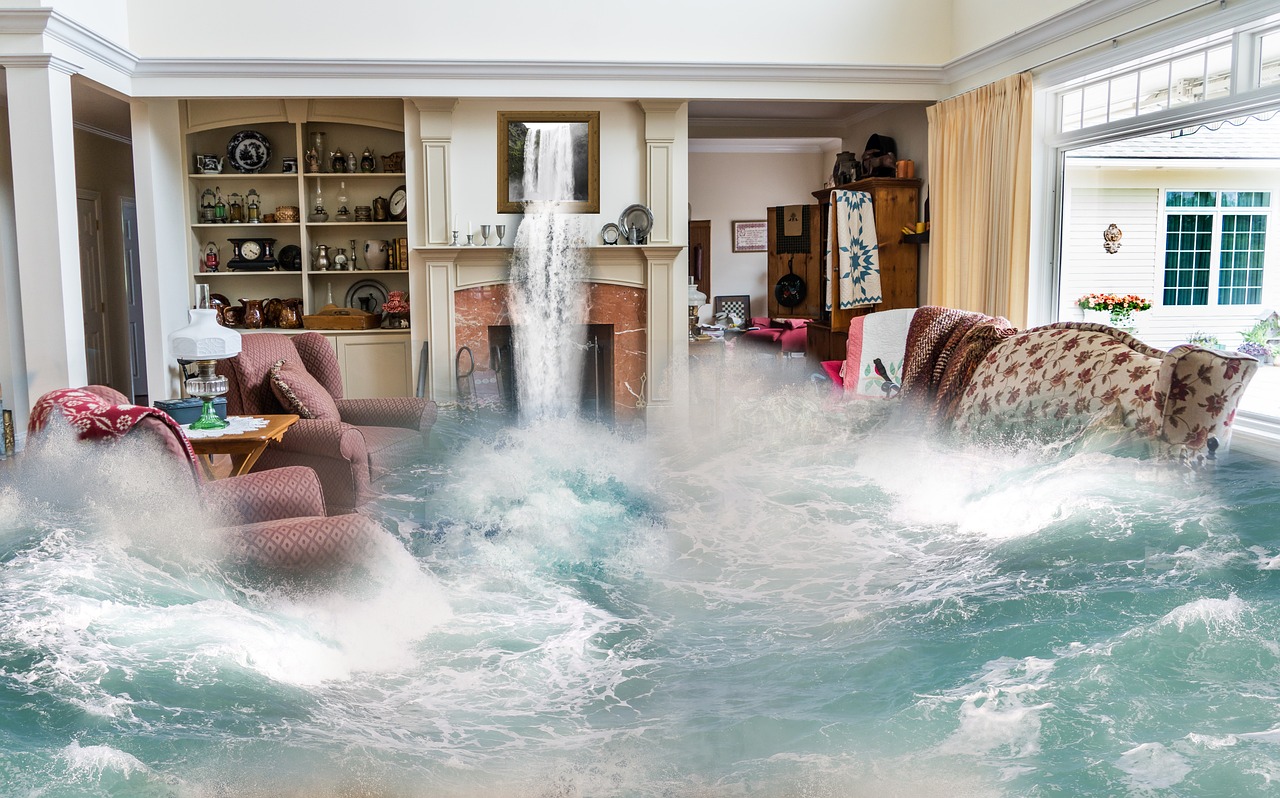
Understanding Flood Insurance Options: Private Flood Insurance vs. FEMA’s NFIP Policies
Floods are among the most common natural disasters across the United States. In addition to their frequency, the potential consequences of not being adequately prepared for a flood can leave property owners without the assistance they need to recover from an incident. After all, even a single inch of floodwater can inflict catastrophic property damage on the structural elements and contents of a building. With these stakes in mind, taking the time to understand available flood insurance options should be a top priority.
What Is the NFIP?
Organized and maintained by the Federal Emergency Management Agency (FEMA), the National Flood Insurance Program (NFIP) can provide critical financial protection for policyholders in the wake of floods. This program was started in the 1960s to address a significant coverage gap threatening many residents due to standard homeowners insurance policies generally not including coverage for floods.
What Is Private Flood Insurance?
While many private insurance companies used to be hesitant to offer coverage for floods even via endorsements or separate policies, changing circumstances have increased the viability and subsequent purchasing of these products. Specifically, the increasing reliability of modern flood probability models has made it easier for the private sector to accurately forecast a property’s flood risk levels.
What Are the Differences Between NFIP and Private Flood Insurance?
While a majority of flood insurance policyholders continue to carry coverage through the NFIP, private coverage options have become a legitimate alternative for many property owners. Although NFIP policies do generally include coverage for building- and content-related losses, private flood insurance may include a broader range of options, including higher coverage limits for structural repairs and replacing an insured’s building’s contents, such as furniture and electronics.
In addition to more extensive coverage limits that may allow policyholders to recoup greater losses, many private flood insurance providers may also offer coverage for temporary living expenses, which is unavailable through the NFIP. Also known as loss-of-use coverage, this component of flood insurance can help pay for additional costs incurred by having to temporarily vacate a property rendered uninhabitable due to a flood, such as rent, hotel stays, storage fees and restaurant meals.
How you obtain flood insurance may also influence your premiums. Because private insurance companies have greater flexibility in the coverage they can offer, they may also be able to provide a wider range of price points.
Having coverage through the NFIP may include greater long-term security, as you generally don’t need to worry about your policy being canceled or nonrenewed. Meanwhile, private insurance companies may be more likely to end your coverage if the risk for an insured property becomes too high. However, while private flood insurance options may not be renewed, they can also often include shorter waiting periods, meaning that you can more reliably retain coverage in advance of various risks, such as hurricane season.
Get the Right Coverage
At Wiglesworth-Rindom Insurance Agency, we understand that flood insurance is a complicated subject that must be adequately addressed. After all, failing to have sufficient coverage could leave you without the funds and resources needed to recover from even a single flooding incident, jeopardizing your living situation and financial stability. Visit our website or call 561-637-2424 to learn more.
This blog is intended for informational and educational use only. It is not exhaustive and should not be construed as legal advice. Please contact your insurance professional for further information.
Categories: Blog
